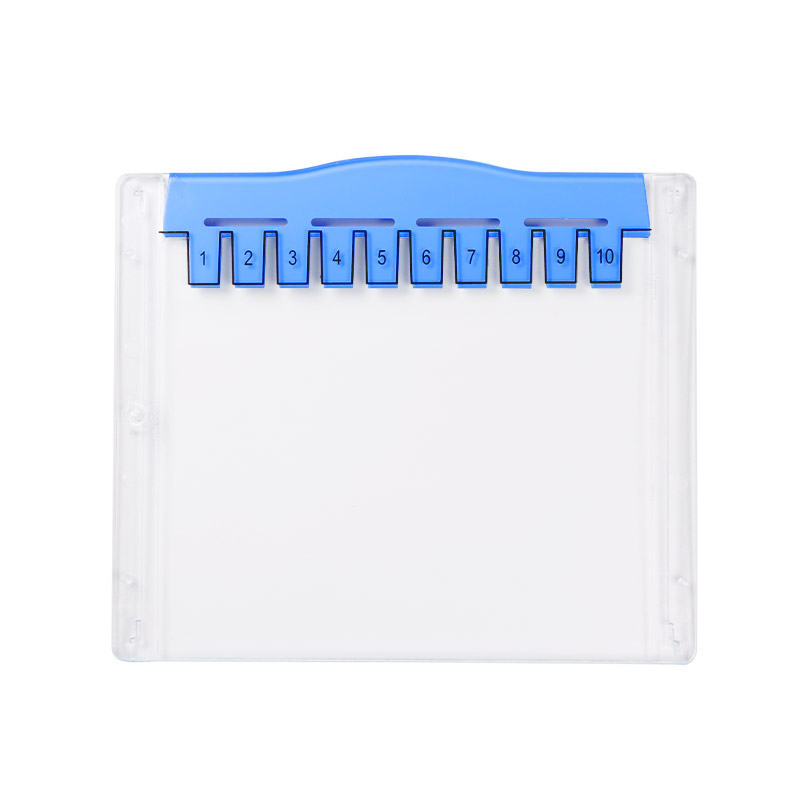The HEPES-Tris buffer system is widely recognized for its effectiveness in protein electrophoresis. This buffer system offers superior pH stability, which is crucial for achieving accurate and reproducible protein separation. The system supports efficient and rapid electrophoresis, significantly reducing the time required for analysis while maintaining high resolution.
Gel Composition and Structure
Acrylamide gels used in electrophoresis are available in both fixed and gradient concentrations. Common fixed concentrations include 8%, 10%, 12%, and 15%, while gradient options, such as 4-12% and 4-20%, provide flexibility depending on the size and type of proteins being analyzed. The consistent performance across these gels is achieved through advanced perfusion techniques, ensuring uniform polymerization and strip distribution.
Gel Plates and Technology
Modern gel plates are typically constructed from durable plastic materials, which offer both stability and ease of handling. The use of innovative perfusion technology in gel preparation contributes to the stability and consistency of the gel, ensuring reliable electrophoresis results across different batches.
Electrophoresis Applications
The versatility of these gels allows for their use in both native and denatured protein electrophoresis. For native electrophoresis, the separation is most effective for proteins with an isoelectric point below 7. This is because the electrophoresis conditions must match the protein's properties to ensure proper migration and separation. Additionally, these gels are SDS-free, making them suitable for applications that require the preservation of protein structure and function.
Electrophoresis System Compatibility
These gels are compatible with a variety of mini vertical electrophoresis tanks commonly used in laboratories. Their design allows them to integrate seamlessly with widely used systems such as the Bio-Rad Mini-Protean and the Life Technology Novex Mini-Cell, among others. Compatibility with different systems ensures that laboratories can adopt these gels without needing significant modifications to their existing electrophoresis setups.
Operational Efficiency
Key features in modern electrophoresis setups include automatic switching between different operational modes, which enhances ease of use and reduces manual intervention. Power-saving features, such as automatic shutdown after a period of inactivity, contribute to the longevity of the equipment and energy efficiency.
Considerations for Use
When conducting native protein electrophoresis, it is essential to ensure that the electrophoresis solution is compatible with the buffer system used in the gel. Proper matching of the solution and buffer system helps maintain the integrity of the separation process. Additionally, consideration of the protein’s isoelectric point is necessary to optimize the electrophoresis conditions.
Precast Protein Plus Gel, 10%, 10 Wells, HEPES-Tri
The Precast Protein Plus Gel series utilizes the HEPES-Tris buffer system, which ensures excellent separation performance and significantly shortens electrophoresis time. The gel plates are made of plastic, and the innovative perfusion technology used ensures the stability and consistency of strip distribution across different batches, leading to reliable electrophoresis results.
For the Precast Protein Plus Gel, 10%, 10 Wells, HEPES-Tris, the stacking gel height is 1.5 cm. It is available in gradient concentrations of 4-12% and 4-20%, as well as fixed concentrations of 8%, 10%, 12%, and 15%. The gel features 10 sample loading wells, with a maximum sample loading capacity of 70 μL.
This series of gels does not contain SDS and can be used for both native and denatured protein electrophoresis. For native protein electrophoresis, only proteins with an isoelectric point below 7 can be effectively separated. Ensure the electrophoresis solution is compatible with the gel system. The Yeasen MiniPro® PET 2 mini vertical electrophoresis tank (Cat#80210) is compatible with most mini SDS-PAGE electrophoresis tanks, including the Bio-Rad Mini-Protean (II/3/Tetra System) and the Life Technology Novex Mini-Cell (with a special baffle).
